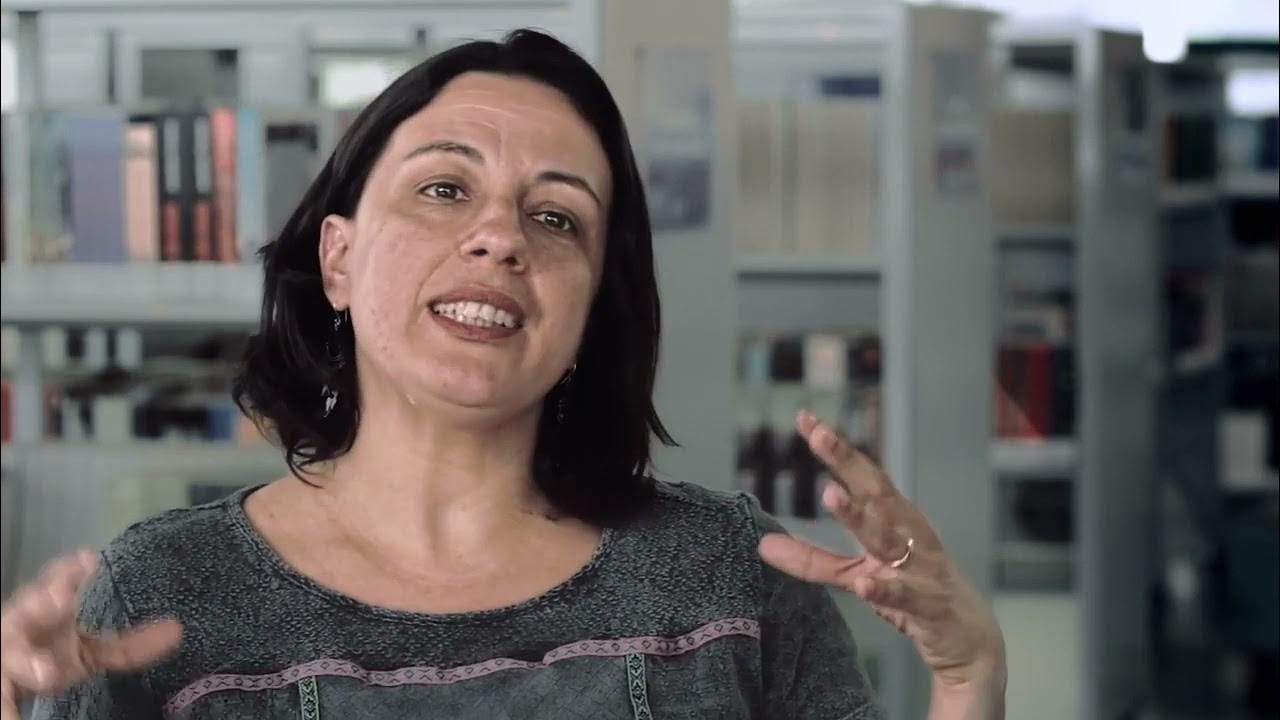Adam Ruins Everything - The Shocking Way Private Prisons Make Money
Summary
TLDRThis script presents a satirical critique of America's prison system, focusing on the flaws of private prisons. Through humor and absurdity, it highlights the profit-driven nature of incarceration, where private companies like CCA profit from overcrowding and extended sentences. Despite a rising prison population, the system fails to reduce crime effectively. The video also touches on the inhumane practice of solitary confinement and exposes the economic incentives that keep prisons full, often at the cost of justice and rehabilitation.
Takeaways
- 😀 The U.S. prison system is failing to reduce crime, with a study showing that the growing prison population has had essentially no impact on crime rates.
- 😀 The U.S. has 2.2 million people incarcerated, more than 10 times the number of prisoners 50 years ago, contributing to mass incarceration.
- 😀 Private prisons, such as the Corrections Corporation of America (CCA), profit from incarcerating individuals, and their business model is driven by maintaining high occupancy rates.
- 😀 The rise of private prisons started in the 1980s during the 'tough on crime' era, particularly as a result of the war on drugs.
- 😀 Private prisons make significant profits, with CCA earning $1.7 billion in a recent year, and often charge the government the same as public prisons, despite their lower quality.
- 😀 Nearly 20% of federal prisoners are held in for-profit facilities, which prioritize profit over rehabilitation and public safety.
- 😀 Private prisons incentivize creating infractions among prisoners, leading to longer sentences and more revenue for the company.
- 😀 Private prisons have occupancy clauses in their contracts that require states to keep prisons at least 90-97% full, penalizing them if they fail to meet these quotas.
- 😀 States may face hefty fines for failing to maintain the required occupancy levels, which encourages them to keep prisoners incarcerated longer, even when rehabilitation or parole is appropriate.
- 😀 Solitary confinement, used as punishment within prisons, is described as a cruel and inhumane practice that should be abolished, yet it is still commonly employed in modern systems.
Q & A
What is the primary purpose of prisons in the United States, according to the script?
-The primary purpose of prisons is to reduce crime. However, the script points out that the system is not achieving this goal, with the crime rate remaining largely unaffected by the rise in incarceration.
How has the prison population in the U.S. changed over the past 50 years?
-The prison population in the U.S. has grown significantly, with 2.2 million people currently incarcerated, which is ten times more than the prison population 50 years ago.
What did the NYU School of Law study reveal about the impact of prison growth on crime rates?
-The study found that despite the massive increase in the prison population, the effect on the crime rate has been essentially zero.
Why are some prisons focused on making money, according to the script?
-Some prisons are for-profit institutions, where the aim is to generate revenue. This model began with the 'tough on crime' policies of the 1980s, particularly after the war on drugs caused overcrowded state and federal prisons.
What is the Corrections Corporation of America (CCA), and how does it profit from running prisons?
-The CCA, now known as CoreCivic, was founded to manage private prisons. It profits by running prisons for the state and federal governments, charging for services, and making money from a business model that prioritizes incarceration.
How much revenue did the CCA generate last year?
-Last year, the Corrections Corporation of America (CCA) made $1.7 billion in revenue.
Are private prisons more cost-effective than government-run prisons?
-No, the data shows that private prisons cost taxpayers just as much as government-run prisons, despite claims that they would save money.
What is a notable difference between private and government-run prisons in terms of infractions?
-Private prisons issue twice as many infractions as government-run prisons. These penalties often lead to longer sentences, which ultimately increases profits for the private prison companies.
How do occupancy clauses in private prison contracts affect the incarceration rate?
-Occupancy clauses require states to maintain a high prison population to avoid fines. For instance, a private prison in Arizona fined the state $3 million for not meeting a 97% capacity quota.
What is solitary confinement, and why is it controversial?
-Solitary confinement is a punishment where prisoners are isolated in a small, often harsh environment for extended periods. It is controversial because it is considered a cruel and inhumane practice, with severe psychological effects on inmates.
Outlines

このセクションは有料ユーザー限定です。 アクセスするには、アップグレードをお願いします。
今すぐアップグレードMindmap

このセクションは有料ユーザー限定です。 アクセスするには、アップグレードをお願いします。
今すぐアップグレードKeywords

このセクションは有料ユーザー限定です。 アクセスするには、アップグレードをお願いします。
今すぐアップグレードHighlights

このセクションは有料ユーザー限定です。 アクセスするには、アップグレードをお願いします。
今すぐアップグレードTranscripts

このセクションは有料ユーザー限定です。 アクセスするには、アップグレードをお願いします。
今すぐアップグレード関連動画をさらに表示

Prison Industry Complex in America

Why The US Prison System Is The Worst In The Developed World

Angola State Penitentiary: From the Cradle to Grave and the Rodeo in between

Idiocracy, and why Misanthropy is for Dummies

100X LEBIH KEJAM DARI NUSAKAMBANGAN! Inilah Penjara Paling Kejam yang Dirahasiakan Dunia

Guerras do Brasil Doc. Episódio 5
5.0 / 5 (0 votes)
